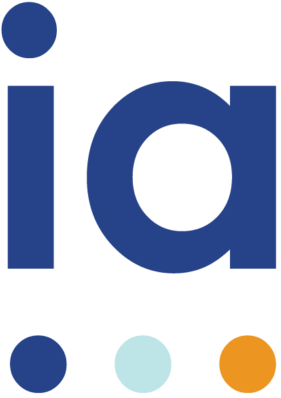Core HR, Provider Engagement, Relationship Management
It’s hard — if not impossible — to find a large company that doesn’t use some form of software-as-a-service (SaaS). Even small and medium-sized businesses have gone to the cloud and adopted Saas: according to one report, 94 percent of companies have adopted SaaS. We often guide our clients to sign contracts with major SaaS vendors.
But there’s a big problem brewing in the industry. SaaS companies are missing the crucial second “S”: service. SaaS providers are so focused on the technology that they’re not delivering customer service for their clients.
The Problem
SaaS companies are doing a great job of selling clients on the advantages of their products. However, in many cases, service goes downhill after the sale. The technology is good and the sales are good, but the human element that makes sure the tech is working for customers after implementation is just not a priority.
I’ve witnessed this issue with a lot of my clients as they struggle with their providers and the service that they’re receiving. Most of the time when there are issues with the provider’s service, it’s based on something in the system that the provider can’t fix in a timely manner.
For example, a client goes live even though there are certain features that haven’t been fixed by the specific provider. The client ends up building manual workarounds, and has to continually press the provider to implement a permanent fix. But the provider stays silent because the client has gone live and appears to have handled the problem manually. That’s a terrible customer service approach.
The service problem in HR tech is pervasive. I’m not just talking about one or two providers. It’s all of the providers.
The Only Thing Stopping Clients from Leaving
Some SaaS companies point to their renewal rates as an indication that they’re doing a great job. However, that’s the wrong metric to use. Clients aren’t staying because they’re happy; they’re not leaving because they don’t want to implement another platform.
Implementing a new provider for payroll or performance management is not like flipping a switch. It is a long, drawn-out process, and some companies get stuck because they don’t want to have to go through another implementation. Trust me, if a new implementation were easy, they would leave.
With small employers, it’s a little easier to change or do new implementations every three years. But with large employers, you’re talking about lots of data, lots of movement, lots of change. And that’s why these clients are not leaving, even when they’re getting ignored by customer service and account teams.
Possible Solutions
I’ve talked to some providers that really are trying to change the way they provide customer service, but I’m not seeing significant changes. Perhaps there’s a higher turnover rate among support staff. Maybe it’s a skill set issue. Perhaps it’s because they work in pods instead of dedicated account teams. (I think pods are fine but you just have to make sure you’re working for your clients.)
I also know that good service is not impossible. For example, if you take the Apple model, there’s hardware and software for your iPhone. Apple pushes updates to you regularly as it makes large-scale changes. But if you call Apple and say “I have this challenge,” they answer the phone, they log a ticket and they continue to work with you as long as there’s an issue. SaaS providers could really learn from how other tech companies service their clients.
If you’re a SaaS company, you should lead with service from the very beginning of the sales process. Your salespeople need to talk about service in addition to the implementation details. After the dust settles and implementation has passed, you’ve got these clients for at least three years, so it’s important to be able to take care of them and keep them happy.
It’s time to remember the “service” in SaaS.







Pingback: Carnival of HR - Your Break From The Summer Heat - Melissa Fairman